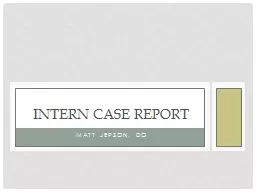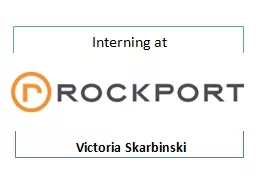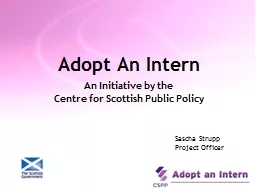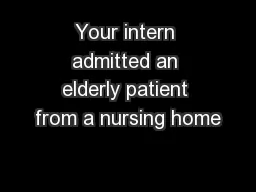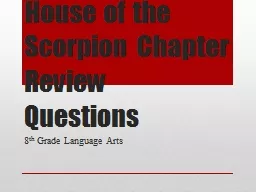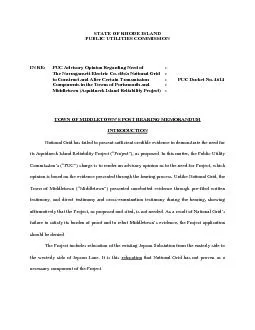PPT-Matt Jepson, DO Intern Case Report
Author : phoebe-click | Published Date : 2019-12-11
Matt Jepson DO Intern Case Report EA is a 44 F CC Chest pain shortness of breath HPI Constant 710 sharp pain at xiphoid process radiating straight to her back Started
Presentation Embed Code
Download Presentation
Download Presentation The PPT/PDF document "Matt Jepson, DO Intern Case Report" is the property of its rightful owner. Permission is granted to download and print the materials on this website for personal, non-commercial use only, and to display it on your personal computer provided you do not modify the materials and that you retain all copyright notices contained in the materials. By downloading content from our website, you accept the terms of this agreement.
Matt Jepson, DO Intern Case Report: Transcript
Download Rules Of Document
"Matt Jepson, DO Intern Case Report"The content belongs to its owner. You may download and print it for personal use, without modification, and keep all copyright notices. By downloading, you agree to these terms.
Related Documents

